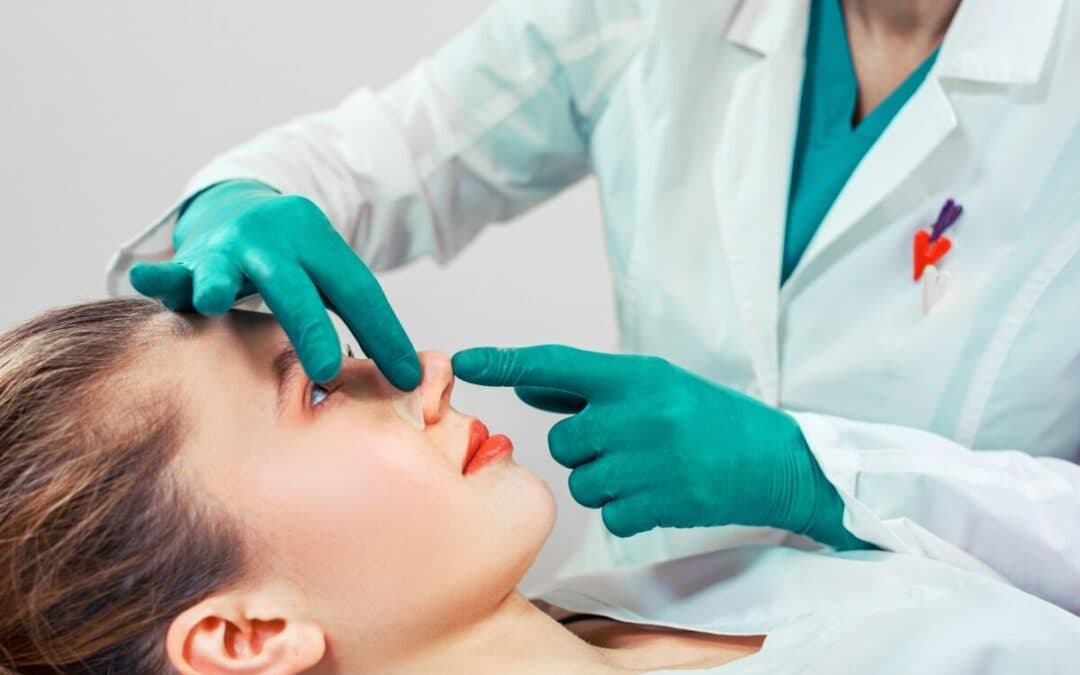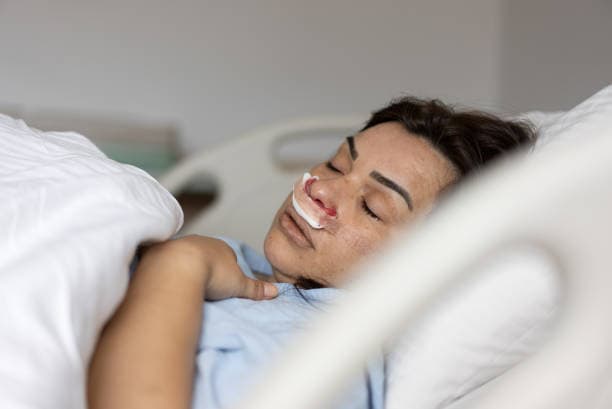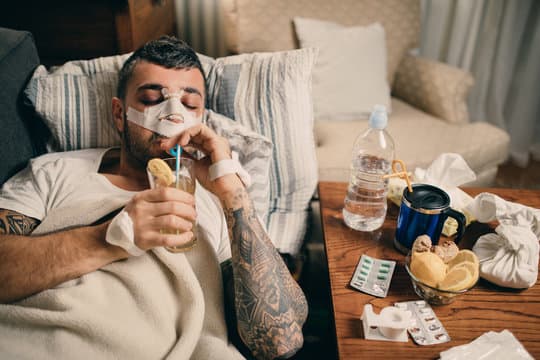After undergoing rhinoplasty, or nose surgery, it's crucial to adopt the right sleeping position to ensure proper healing and prevent complications. The ideal position is to sleep on your back with your head elevated at a 30-45 degree angle.
position to sleep after Rhinoplasty
After undergoing rhinoplasty, elevating your head helps to reduce swelling, minimize pressure on your newly sculpted nose, and promote better circulation. This can be achieved by using extra pillows or a wedge pillow, or even an adjustable bed if you have access to one. Maintaining this position throughout the night is essential, as it prevents any unintentional pressure or trauma to the surgical site. Sleeping on your side or stomach is strongly discouraged, as these positions can lead to shifting or deformation of the nose, disrupt the healing process, and potentially affect the final outcome of the surgery.
What is the right position to sleep after Rhinoplasty?
After undergoing rhinoplasty, it is essential to adopt the correct sleeping position to facilitate proper healing and minimize complications. The optimal position is to sleep on your back with your head elevated at a 30 to 45-degree angle. Elevating your head helps reduce swelling, minimizes pressure on the newly operated nose, and promotes better circulation, which is crucial for a smooth recovery. Keeping your head elevated not only enhances comfort but also helps in reducing post-operative swelling and congestion, ensuring that the nose heals in the correct position.
Sleeping on your side or stomach is strongly discouraged after rhinoplasty. These positions can exert undue pressure on the nose, leading to potential shifting or deformation of the newly adjusted nasal structures. Additionally, side or stomach sleeping can increase the risk of unintentional knocks or bumps to the nose during sleep, which could compromise the surgical results and prolong the healing process. The pressure from sleeping on your side or stomach can also cause asymmetry or other complications, making it vital to adhere to the back-sleeping position.
To ensure that you maintain the proper sleeping position, consider arranging pillows around your body to prevent rolling over during the night. Some patients find it helpful to sleep in a recliner during the initial stages of recovery, as it naturally keeps the head elevated and restricts movement. It's also important to create a comfortable and supportive sleep environment to encourage restful sleep, which is crucial for healing. Adequate rest aids the body’s natural recovery processes and can significantly impact the overall outcome of the surgery.

How to Sleep After Rhinoplasty?
During the initial weeks following surgery, it is crucial to avoid sleeping on your side or stomach. These positions can exert undue pressure on your nose, potentially causing shifts or deformities in the healing nasal structures. To help maintain the back-sleeping position, you can arrange pillows around your body to prevent rolling over during the night. Some patients find that sleeping in a recliner offers additional support and helps keep them in the desired position throughout the night.
Creating a comfortable and supportive sleep environment is also important. Ensure that your sleeping area is conducive to rest and recovery by keeping it clean, quiet, and free from distractions. Use soft, breathable bedding that provides comfort without pressing against your nose. Proper hydration and following your surgeon's post-operative care instructions, including taking prescribed medications, can further support the healing process and improve your overall comfort.
It is also advisable to avoid strenuous activities and heavy lifting for the first few weeks post-surgery, as these can increase blood pressure and potentially affect the surgical site. Gentle movements and light activities are generally acceptable, but always follow your surgeon's specific recommendations. Maintaining a healthy diet rich in vitamins and minerals can also aid in the recovery process by providing your body with the necessary nutrients to heal efficiently.
Adequate rest is essential for healing, so prioritize getting enough sleep each night. Quality sleep supports the body's natural repair mechanisms and can significantly impact the success of your rhinoplasty. By adhering to these guidelines and making necessary adjustments to your sleeping habits, you can help ensure that your recovery is as smooth and effective as possible.

Side and Stomach Sleeping
Following rhinoplasty, it is strongly advised to avoid sleeping on your side or stomach to ensure proper healing and prevent complications. Sleeping on your side or stomach can put undue pressure on your newly operated nose, leading to potential shifting or deformation of the surgical results. These positions can cause asymmetry or other complications, which can compromise the success of the procedure.
Instead, the optimal sleeping position after rhinoplasty is to sleep on your back with your head elevated at a 30 to 45-degree angle. Elevating your head helps to reduce swelling, minimize pressure on the nose, and promote better circulation, which is crucial for a smooth recovery. This can be achieved using extra pillows, a wedge pillow, or an adjustable bed if available. Keeping your head elevated not only enhances comfort but also helps in reducing post-operative swelling and congestion, ensuring that the nose heals in the correct position.
Proper hydration and following your surgeon’s post-operative care instructions are equally important in supporting the healing process. Your surgeon might provide specific guidelines on how long to maintain the elevated sleeping position, typically for at least a couple of weeks post-surgery. Following these recommendations diligently can help ensure the best possible results from your rhinoplasty.

Conclusion
In conclusion, adopting the correct sleeping position after rhinoplasty is crucial for a smooth and successful recovery. Sleeping on your back with your head elevated at a 30 to 45-degree angle helps to reduce swelling, minimize pressure on the nose, and promote proper healing. Avoiding side or stomach sleeping is essential to prevent complications and ensure the best possible outcome from your surgery. By following these guidelines and any additional instructions from your surgeon, you can enhance your comfort during recovery and achieve the desired results from your rhinoplasty.
Read More